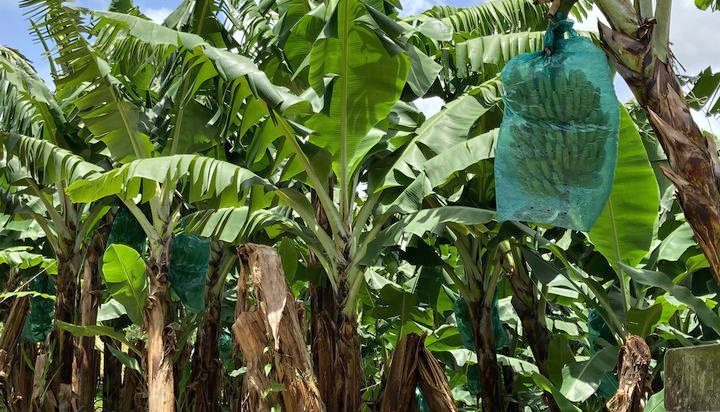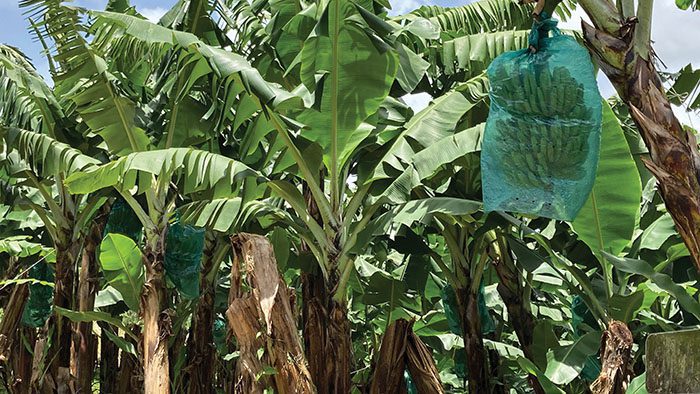
Power Magazine’s coverage of our press release re: Letter of Intent signed with Valecom in Martinique.
Darrell Proctor | Power Magazine | November 01, 2021
The use of hydrogen continues to grow as a means of power generation, with companies introducing new technologies at a rapid pace across the globe. Ways2H is among the groups developing new methods of hydrogen production, and in late September announced it had signed a letter of intent to transform as much as 9,000 tons of waste on the island of Martinique into renewable hydrogen. Long Beach, California-based Ways2H inked the deal with VALECOM, an ecological and energy solutions provider in the Caribbean.
It’s the first project between the two companies, and along with production of hydrogen for power generation, Ways2H and VALECOM are looking at possible applications for the transportation sector, including hydrogen for municipal buses. The Hydrogen Council has said that deployed at scale, hydrogen from all sources could account for as much as 20% of energy consumed by 2050, with annual demand approaching 20 billion tons—a tenfold increase from 2015 to 2050.
Martinique is not the only area in the Caribbean working to establish a hydrogen economy. The government of Trinidad and Tobago has said it is committed to meeting its Paris Agreement targets of reducing the country’s carbon footprint by 15% by 2030. Trinidad and Tobago’s Energy Ministry has been working with the National Gas Co. and the National Energy Corp. to transition the country away from natural gas and toward hydrogen; the parties earlier this year signed a memorandum of understanding with Kenesjay Green Ltd. (KGL) to collaborate on industrial options for a sustainable hydrogen economy in the dual-island nation. KGL subsidiary NewGen Energy Ltd. last year announced plans for a green hydrogen production facility in the Point Lisas Industrial Estate.
Martinique has begun utilizing alternative energy solutions in recent years, including containerized fuel cell systems, a technology familiar to Ways2H. The company is working quickly on its new facility on the island.
“The project has already kicked off, and we’re expecting the site to be fully operational early in 2024,” Jean-Louis Kindler, CEO of Ways2H, told POWER. “Ways2H’s technology solves two critical problems: meeting demand for renewable hydrogen to reduce emissions, and providing sustainable waste disposal that avoids landfilling.”
 |
| 1. One of Martinique’s largest waste streams is the plastic bags used to protect the island’s main export product: bananas. The banana tree was introduced to the island in the early 16th century. Much of the island’s crop is exported to France, according to government officials. The island uses 3,000 tons of these plastic bags every year, making it an ideal feedstock for Ways2H’s waste-to-hydrogen process. Courtesy: Ways2H |
Martinique, like other island nations, is working to develop a circular economy that utilizes not only domestic natural resources, but also recycles its waste. One of Martinique’s largest waste streams is the plastic bags used to protect bananas (Figure 1), the island’s main export product. The island uses 3,000 tons of these plastic products annually, and because the bags cannot be reused, they are considered an ideal feedstock for Ways2H’s waste-to-hydrogen process.
“Our advanced thermochemical process is capable of converting any organic waste stream into net zero-carbon renewable hydrogen,” said Kindler. “As such, we pull from local waste streams directly where it’s produced to provide clean, resilient energy directly where it’s needed. Rather than sending the waste to landfills to become a source of pollution and greenhouse gas emissions, it can become our feedstock at a lower cost to the community. In the case of Martinique, our facility will be located right next to the island’s landfill so the island no longer has to ship waste thousands of kilometers away to mainland France.”
Under the partnership with VALECOM, Ways2H will initially process 24 tons of mixed commercial waste, including plastics and furniture, each day, adding another eight tons per day once the production plant is fully operational. The Ways2H facility is expected to take about 18 months to build.
Ways2H already has waste-to-hydrogen sites underway in Japan, France, Scotland, and the U.S. The company’s modular technology sits onsite, recycling a variety of waste streams, including agricultural, plastics, sewage sludge, municipal solid waste, and other refuse. The company uses a carbon-neutral process that converts the waste into a gas and extracts pure hydrogen. At present, the top applications of Ways2H’s process are fuel for fuel-cell vehicles and power generators. Kindler told POWER his company expects to produce enough hydrogen to fuel about 2 MW worth of fuel cell generators.
“What we’re seeing in Martinique is not unique to what we’re seeing across the world: local, often rural, economies that are struggling to manage increasingly diverse waste streams, heightened energy costs, and job losses,” said Kindler. “As we approach COP26 [the global climate conference this month in Scotland], we see our work here, and in our projects around the world, as a critical blueprint for circular economy creation and we thank our partners like VALECOM as we work towards this mutual goal.”
Dominique Regis, CEO of VALECOM, said, “At COP21 [in 2015 in Paris, France], we laid out a plan for several projects that would help Caribbean islands, like Martinique, to be more resilient and we consider this project with Ways2H as the next step in that vision. This modular and multi-flow project in Martinique will set up one or more of Ways2H’s waste-to-energy units and we intend to replicate it in other Caribbean islands.”
Kindler said Ways2H is “planning commercial waste-to-hydrogen production facilities in France, the UK, California, Oregon, and other locations around the world, with a focus on North America and Europe. Our first waste-to-hydrogen facility in Tokyo with technology partner, Japan Blue Energy Co., has already been deployed and is in the process of being commissioned now; full-scale development is expected within the next two years.”
Kindler said the company is “also developing commercial waste-to-hydrogen facilities in Paris, as part of France’s H2 Hub Airport initiative, and in the UK, as part of a partnership with hydrogen refueling station provider Element 2 to deploy 40 hydrogen refueling stations supplied by waste-to-hydrogen facilities across the region. With hydrogen demand expected to double this year, we are planning additional projects of all sizes and spanning many different feedstocks to focus on providing renewable hydrogen for both fuel cells and power generation.”
—Darrell Proctor is a senior associate editor for POWER (@POWERmagazine).